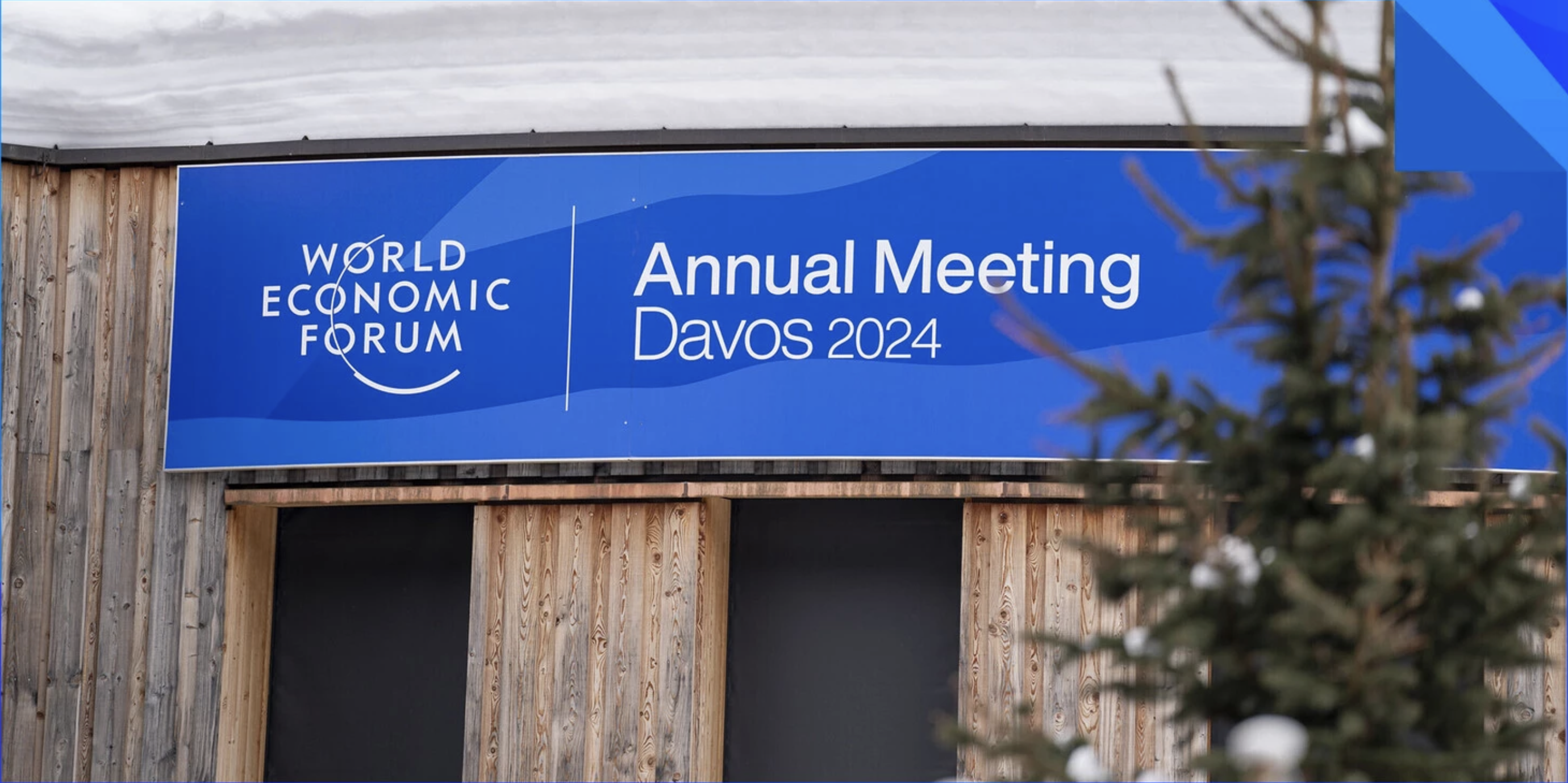ImpactAlpha, October 3 — Community development financial institutions, or CDFIs, and minority depository institutions, or MDIs, played a vital role getting aid to small businesses in low income and rural areas and communities of color during the Covid pandemic.
While traditional banks focused on clients and larger businesses, many CDFIs heroically mobilized to process Paycheck Protection Program loans for thousands of small businesses outside traditional banking channels.
CDFI lending has skewed toward real estate financing, but new funding from the U.S. Treasury aims to help the community banks continue to lend to low- and moderate-income consumers and small businesses in minority and underserved communities in the U.S. “providing an opportunity to underserved communities across the country to regain their footing following the pandemic and strengthening their resilience against future shocks,” said Treasury Secretary Janet Yellen.
Place-based
Nearly $8.3 billion from the Emergency Capital Investment Program, created as part of last year’s Consolidated Appropriations Act, will go to 162 CDFIs and MDIs, mainly from Mississippi, Louisiana, North Carolina, California and Texas. Jackson, Miss.-based Black-owned credit union Hope Credit Union will receive nearly $93 million; Durham, N.C.-based Latino Community Credit Union received nearly $100 million; and Denver, Colo.-based Native American Bank will receive $37.4 million.
“This is a significant injection of money into the backbone of the community investing ecosystem, at a time when community development finance advocates are considering how best to leverage new public-enabled opportunities stemming from the Inflation Reduction Act,” Fran Seegull of the U.S. Impact Investing Alliance told ImpactAlpha.
Green banks
The IRA includes a $27 billion Greenhouse Gas Reduction Fund that will provide catalytic capital for state green banks, CDFIs and other community-based lenders for renewable energy, reforestation, industrial decarbonization and other projects.
To ensure the fund effectively serves low-income and underserved communities, the Center for Impact Finance’s Eric Hangen and Michael Swack proposed five principles for guiding the implementation of the fund (see, “Will a new EPA fund serve low- and moderate-income people? Five principles to promote success”).











